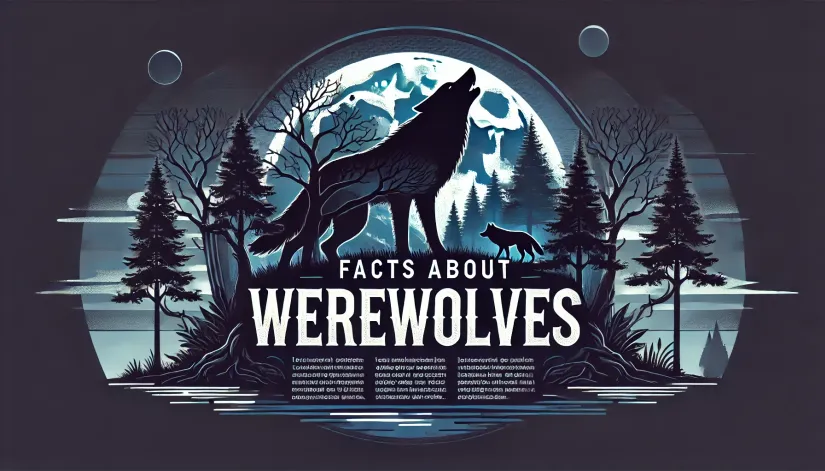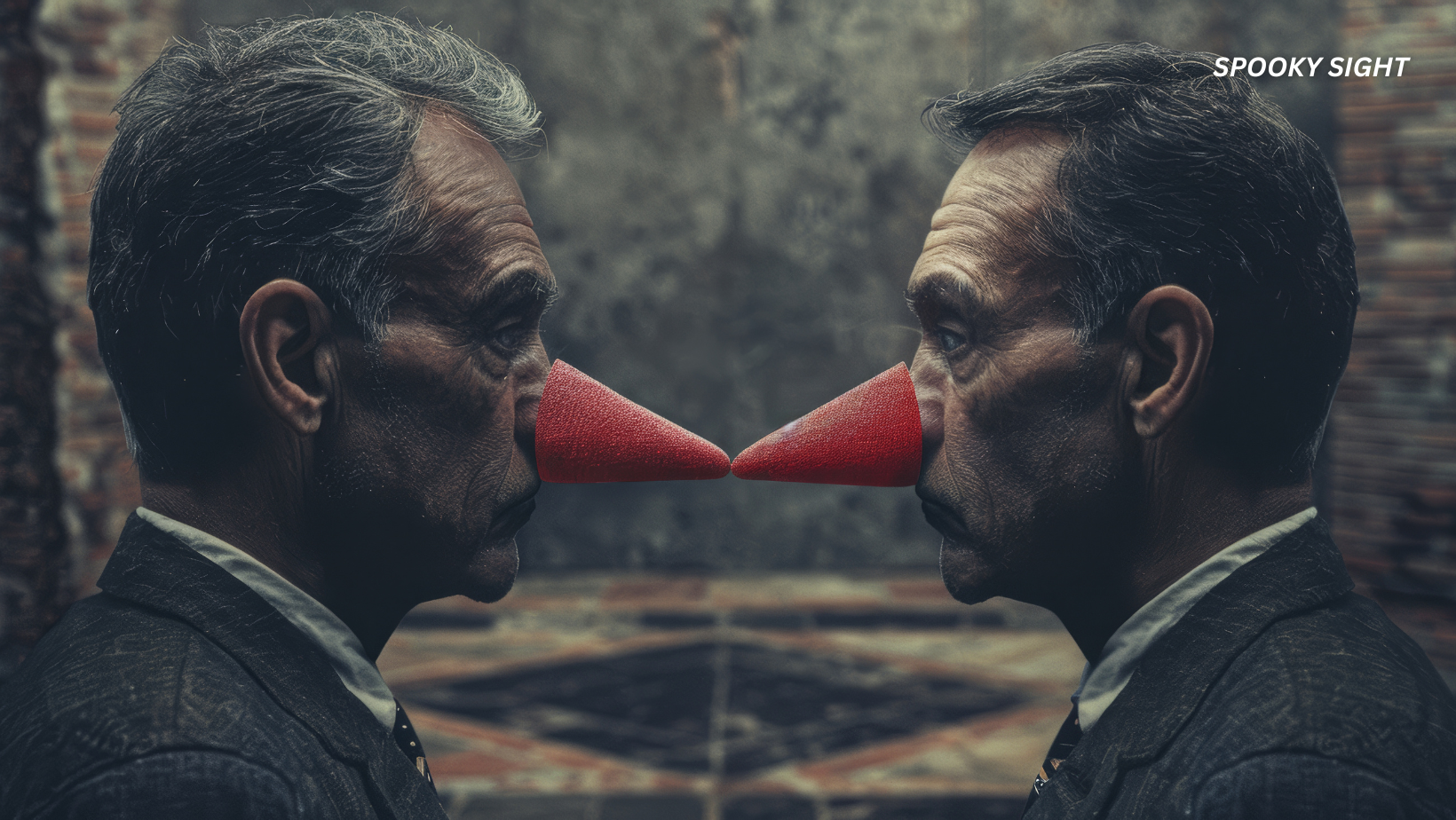Werewolves have been a source of fascination and fear for centuries. I mean, let’s be honest here. Very few other creatures can blend myth, folklore—and even a touch of reality—as well as these shapeshifting beasts.
Often depicted as humans cursed to transform into wolves, werewolves have captured the imagination of many, giving birth to some fantastic, fascinating, or outright bizarre facts about them.
From the werewolf trials of medieval Europe to the mysterious sightings in modern America, get ready to discover 27 interesting facts about werewolves.
In this article:
Facts about Werewolves: Origins in Ancient Mythology
Did you know that the werewolf concept dates back to ancient Greek mythology? Crazy, right?
One of the earliest examples is the story of King Lycaon. Zeus transformed him into a wolf as punishment for serving the god human flesh.
In fact, this ancient myth is where the term “lycanthropy” actually comes from.
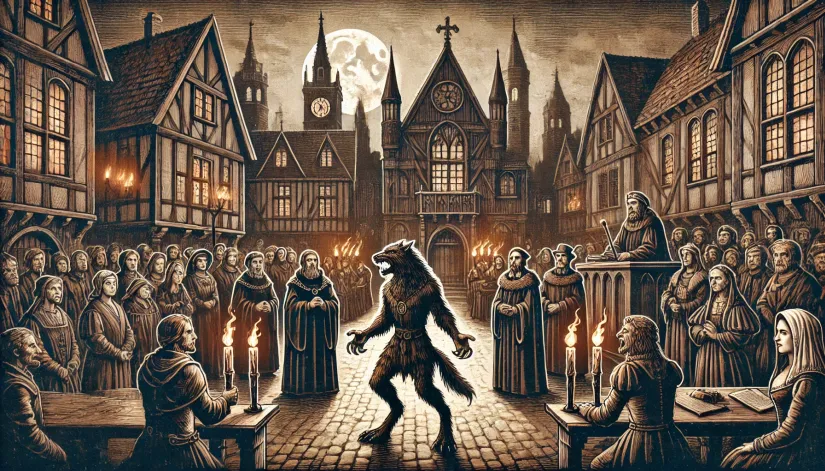
Medieval Europe Werewolf Trials and the Werewolf of Bedburg
In the late 16th century, Europe saw a frenzy of werewolf trials similar to the infamous witch hunts. One of the most well-known cases is that of Peter Stumpp (also known as the Werewolf of Bedburg).
In 1589, he was accused of transforming into a wolf, practicing black magic, and committing numerous gruesome murders.
Under torture, he confessed and was executed, becoming a notorious example of the period’s hysteria and brutality.
The French Beast of Gévaudan
Here’s another interesting fact about werewolves for you: From 1764 to 1767, the province of Gévaudan in France was gripped by terror due to a creature believed to be a werewolf.
Reports say this mysterious beast killed over 100 people. Imagine the fear and chaos this caused!
So much so that people back then were absolutely convinced they were dealing with a real-life werewolf (probably why the monster was referred to as the Beast of Gévaudan).
While modern theories suggest it might have been a large wolf or some sort of hybrid, the panic and hysteria were very real.
In fact, folks in Gévaudan were so freaked out that they started organizing hunts and even brought in professional wolf hunters to try and take down the beast.
Today, the mysterious Beast of Gévaudan remains the most famous werewolf name in history.
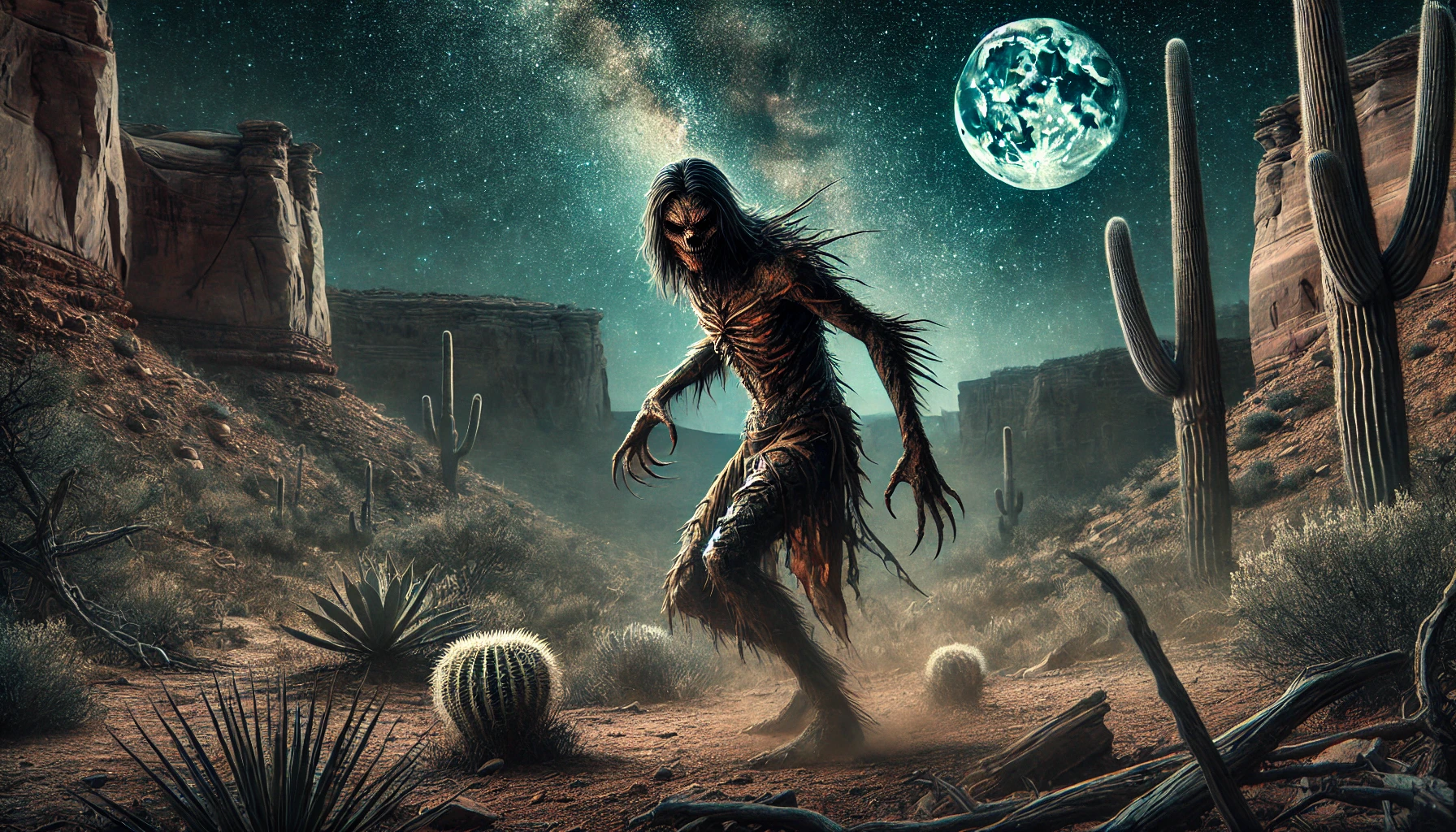
Navajo Skinwalkers
In Native American folklore—particularly among the Navajo people—there are tales of “Skinwalkers” (or “yee naaldlooshii”).
According to Native American legends, “yee naaldlooshii” are witches that can transform into, possess, or disguise themselves as animals (including wolves).
Skinwalkers are often associated with malevolent acts and dark magic.
A Real Werewolves Fact: Lycanthropy as a Medical Condition
Ever heard of clinical lycanthropy? It’s very real… and not something to joke about.
Clinical lycanthropy is a rare psychological condition where folks genuinely believe they can transform into wolves or other animals.
This bizarre disorder might explain some historical werewolf sightings, as it’s often linked to serious psychiatric conditions (like schizophrenia or bipolar disorder).
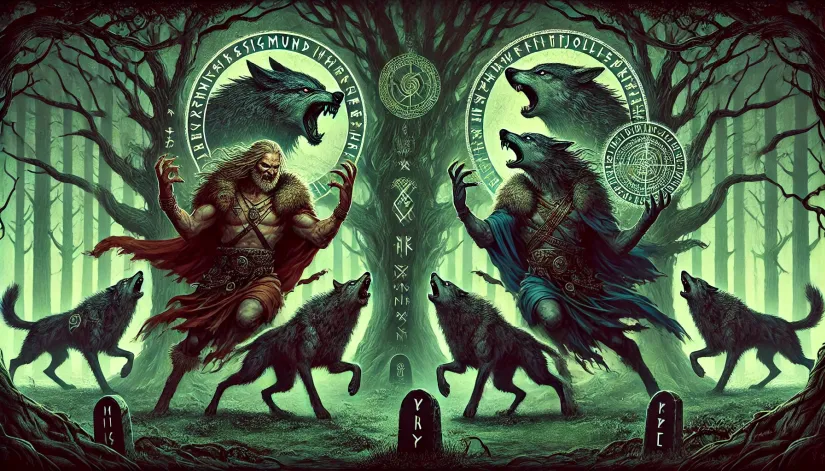
Saga of the Volsungs
Do you still want more facts about werewolves? Well, the Norse mythology has many such wild tales. One of the most fascinating is the “Saga of the Volsungs.”
It tells the story of Sigmund and his son Sinfjotli, who stumble upon cursed wolf skins. When they wear these skins, they transform into wolves for several days.
However, this power comes with significant risks.
The cursed skins bring out their violent and predatory instincts, causing them to lose control and become dangerous even to those they love.
Ultimately, the story illustrates a classic fact about werewolves: their dual nature of humans and beasts and the peril of harnessing such a powerful transformation.
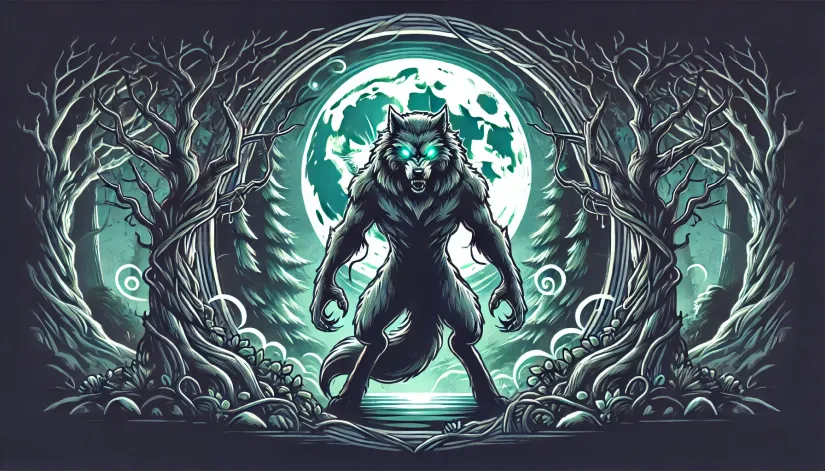
The Full Moon Influence
Did you know that in older folklore, transformations could happen at any time, often triggered by wearing a wolf skin or being cursed? The full moon had nothing to do with that.
The belief that werewolves can only transform during the full moon is relatively modern and mainly popularized by literature and films.
The Mysterious Lobizon from South America
Here’s another less-known fact about werewolves: In South American folklore—especially in Argentina, Brazil, and Paraguay—there’s a legendary wolf-like creature known as the “Lobizon” (or “Luison”).
According to Guaraní mythology, the seventh son in a family is believed to turn into a Lobizon and cursed to stalk the countryside at night.
The legend is deeply rooted in the local culture. Locals believe that the transformation can only happen on a full moon night.
Recommended read:
- Top 11 Most Bizarre and Terrifying Native American Cryptids
- Top 10 Most Mysterious African Cryptids You Need to Know About
- 19 Incredible Facts about the Winchester Mystery House
In some tales, the unfortunate seventh son is cursed to experience a painful metamorphosis, becoming a fearsome, wolf-like beast with a thirst for livestock (and human flesh).
Even today, families with many sons often go to great lengths to avoid this fate, sometimes seeking protection through baptismal rites or other religious ceremonies.
In some versions of the myth, the Lobizon is not just a mindless beast but retains some human consciousness. Being caught between two worlds makes their existence even more tragic.
Slavic Legends
In Slavic folklore, werewolves (or “vukodlaks”) were people who could transform into wolves and were often associated with vampires.
The word “vukodlak” itself means “wolf’s fur.” Like in the vampire lore, these beasts were said to roam the night and could only be killed by decapitation or burning.
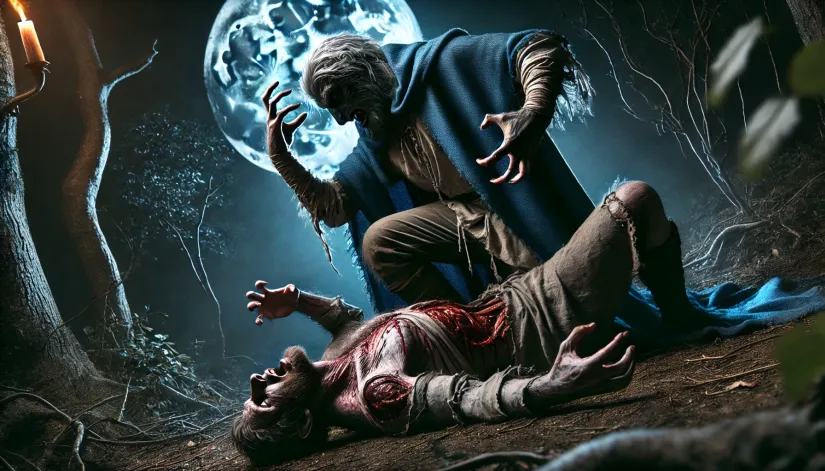
Curses and Involuntary Transformation
When it comes to facts about werewolves, most focus on the curse of the transformation. And many legends describe how someone bearing the curse is forced to transform against their will.
In French folklore, the “loup-garou” is cursed to become a werewolf, often due to sinful behavior or breaking religious laws. The curse could be hereditary or inflicted as punishment.
Breaking the curse usually requires religious rituals, confessions, or even killing the monster to release their soul.
Shapeshifting Shamanism
Here’s another fascinating fact about werewolves—this time linked to ancient shamanism.
In some Indigenous cultures (especially in Siberian and North American tribes), shamans are believed to be able to transform into animals —including wolves—through spiritual practices.
This ability is not seen as malevolent but rather as a way to connect with nature and the spirit world.
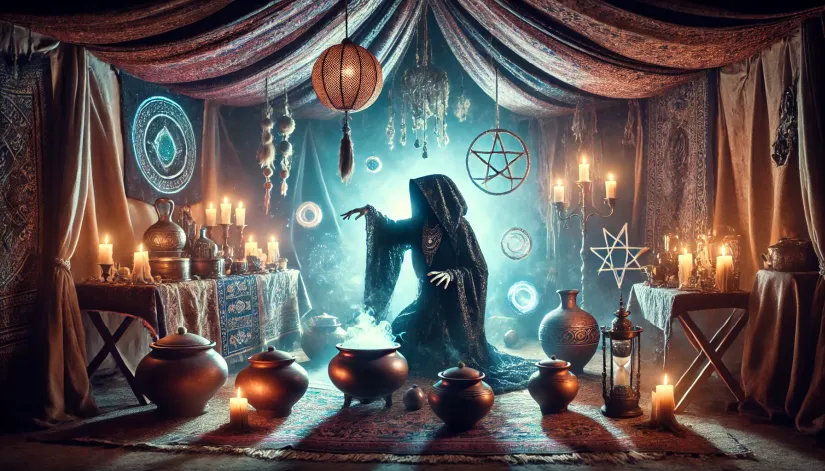
The Witch of Endor
In Biblical lore, the Witch of Endor, who appears in the First Book of Samuel, is believed by some to have had the power to change shape.
While not explicitly stated to be a werewolf, this character is often mentioned in discussions of ancient shapeshifting myths, showing how deep and varied these beliefs are in human history.
The Fox Spirits of Asian Cultures
While werewolves mostly dominate Western myths, Asia has its own intriguing shapeshifting legends.
For example, in Chinese folklore, we have the huli jing (or fox spirits) that can morph into beautiful women or other creatures—sometimes even wolves.
These spirits can be either good or evil, much like the werewolves in Western stories.
Modern Werewolf Syndrome
In the 20th century, several cases of individuals claiming to be half wolf and half man gained media attention.
One notable case involved a man named Bill Ramsey from England. He exhibited violent, wolf-like behavior and was eventually exorcised by famous demonologists Ed and Lorraine Warren.
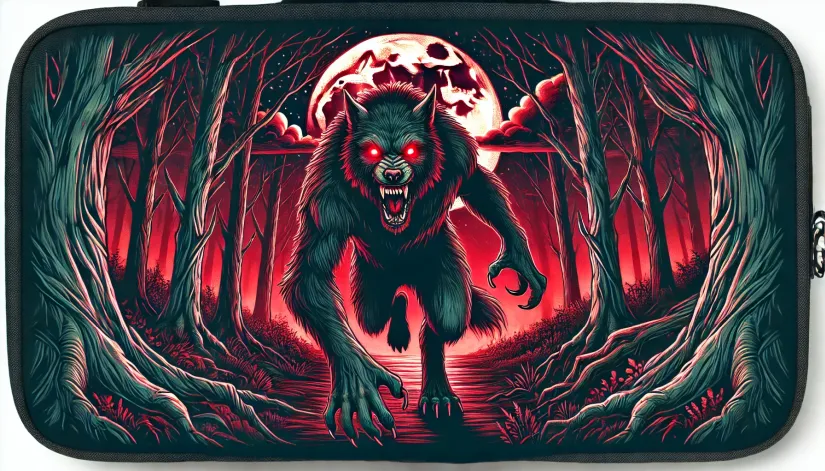
The Red-Eyed Werewolf
In Haitian folklore, there is a creature known as the “Jé-rouge” (or “red-eyed werewolf”).
These creatures are believed to be evil sorcerers who can transform into wolves with glowing red eyes. They are said to hunt at night, preying on children and the vulnerable.
The Bizarre Case of Benandanti of Italy
In 16th—and 17th-century Italy, the Benandanti were members of an agrarian fertility cult who claimed to leave their bodies at night to battle witches in the form of animals (including wolves) to protect their crops.
Unlike traditional werewolves, the Benandanti were seen as protectors rather than threats.
The Beast of Bray Road
In the late 20th century, reports of a werewolf-like creature emerged near Elkhorn, Wisconsin, in the United States.
Known as the Beast of Bray Road, witnesses described it as a large, wolf-like creature that walked on its hind legs.
The sightings led to numerous investigations and became a modern werewolf legend.
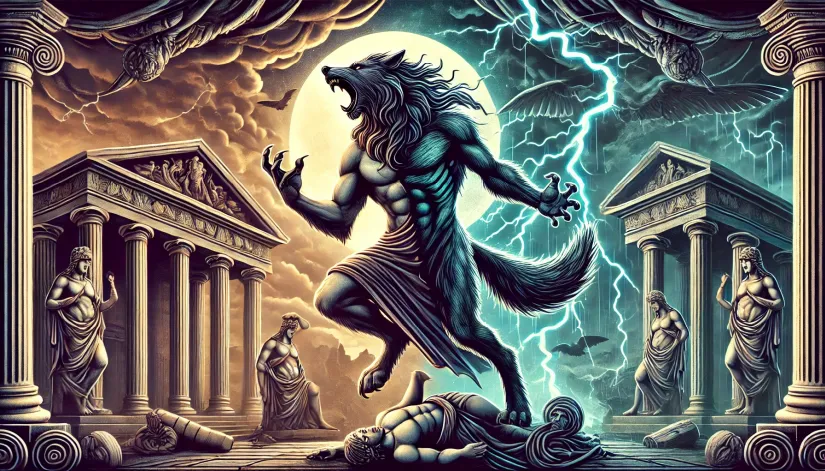
Werewolves in Literature
One of the earliest mentions of werewolves in literature is the epic poem “Beowulf” (written between the 8th and 11th centuries).
Although “Beowulf” doesn’t specifically mention werewolves, it does mention shapeshifters and creatures with wolf-like traits, which likely shaped many legends we know today.
Another notable mention of creatures with similar characteristics appears in the 12th-century medieval French epic poem “Bisclavret” by Marie de France.
This tale tells the story of a nobleman who transforms into a werewolf and explores themes of loyalty and betrayal.
“Bisclavret” provides a more nuanced portrayal of werewolves, emphasizing the creature’s human side and struggles.
In the 14th-century poem “Sir Gowther,” the eponymous hero, Sir Gowther, is believed to be the son of a demon and displays beastly traits that suggest a potential link to werewolf lore.
Although not a werewolf in the traditional sense, Gowther’s transformation from a wild, uncontrollable being to a redeemed knight.
“The Lay of Melion,” a lesser-known medieval poem, also delves into werewolf lore. This tale follows a knight named Melion who, cursed by his lover, transforms into a wolf.
The Man-Eaters of Lithuania
In 15th-century Lithuania, the region experienced a series of alleged werewolf sightings and attacks.
The most infamous case involved a man named Hanuszka, who confessed to transforming into a wolf and devouring several people.
Exorcisms and Evil Spirits
Let’s keep the facts about werewolves rolling.
In medieval and early modern Europe, werewolves were believed to be possessed by evil spirits.
Exorcisms were sometimes performed to rid the person of demonic influence. These rituals often included prayers, holy water, and religious symbols.
The Legend of Joan de la Flor
Ever heard the legend of Joan de la Flor? No worries if you haven’t. It’s a classic 17th-century tale from Catalonia, Spain.
Legend has it, Joan de la Flor turned into a wolf and wreaked havoc on the region, attacking livestock and scaring the villagers.
According to the story, Joan was a young shepherd who—for reasons lost to time—transformed into a werewolf. Some say it was a curse; others believe it was a pact with dark forces.
Joan de la Flor was incredibly strong and cunning in his wolf form, making it nearly impossible for the locals to catch him.
He became known for his distinctive howl, which sent shivers down the spines of those who heard it. In fact, his terrifying figure still is the source of many campfire horror stories for the people of Catalonia.
Despite numerous attempts to capture him, Joan always managed to evade his pursuers.
The legend concludes with Joan disappearing into the forest’s depths, never to be seen again. Some say his spirit still roams the woods, a reminder of the fear he once instilled.
The Wolf of Ansbach
In 1685, the German town of Ansbach was plagued by a series of wolf attacks.
The townspeople believed the wolf to be the reincarnation of their deceased, tyrannical mayor, who had transformed into a werewolf.
The wolf was eventually killed, dressed in a human-like costume, and displayed as a warning to other would-be werewolves.
A Hairy Hand: A Sign of a Werewolf?
Ever heard the old tales about werewolves? One interesting werewolf fact is that you can supposedly spot one by checking for a “hairy hand.”
According to some folklore, if you suspect someone might be a werewolf, look for a hairy palm or strange hair growth on their hands or arms.
This belief has led to some pretty bizarre historical examinations and accusations.
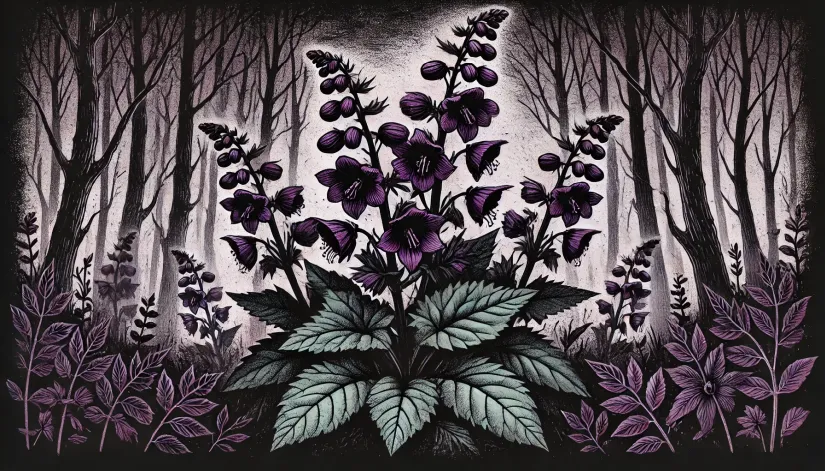
The Wolfsbane Conundrum
When it comes to werewolves, their diet is as bizarre as their legend.
Sure, everyone knows about their infamous appetite for human flesh, but there’s more to it than that. Werewolves are said to go wild for raw meat—think bloody steaks and uncooked game.
But there’s also a twist: they also have a thing for certain herbs—especially wolfsbane.
Wolfsbane? Well, while these supernatural creatures might enjoy munching on it, it’s also known as a top-notch werewolf repellent and cure. It’s like they are drawn to the very thing that can bring them down.
However, in reality, wolfsbane is highly toxic. It can cause severe health issues (or even death) if ingested or handled improperly.
So, while you’re digging into these fascinating facts about werewolves, remember to stay curious but keep it safe! Handle with care and maybe leave the wolfsbane for the werewolves.
The Witch’s Butter Test
Here’s a funny fact about werewolves: In medieval France, folks had a bizarre (but supposedly foolproof) test to spot a werewolf.
They’d take a piece of witch’s butter (a type of fungus) and place it on someone’s wound. If the butter melted, that was the sign the person was a werewolf since the fungus was thought to react to the creature’s “unnatural” nature.
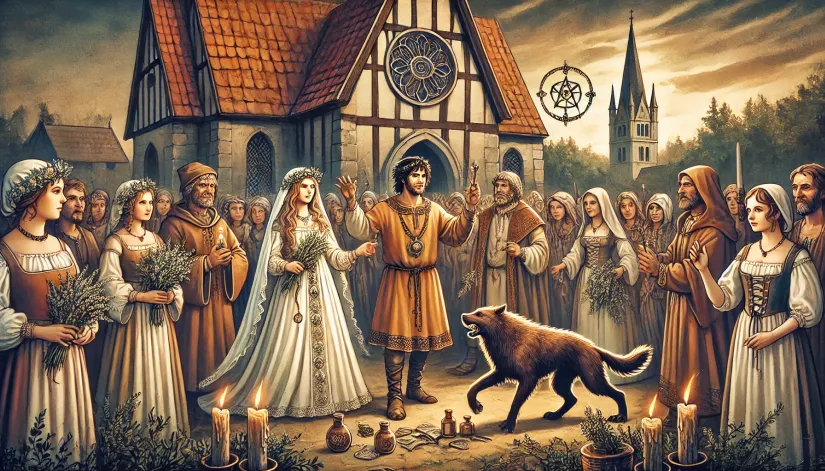
Unusual Wedding Rituals
Speaking of funny facts about werewolves, in some rural parts of Italy and France, there was a bizarre belief that if a groom saw a wolf on his wedding night, he would become a werewolf.
Crazy, right? Well, this belief led to some pretty unusual wedding night rituals.
For example, grooms would be closely guarded by family and friends to prevent wolf sightings. They’d even set up watches or patrols around the wedding venue—anything to make sure no wolves were nearby.
Meanwhile, brides would carry protective charms (like herbs or amulets) believed to ward off any supernatural creatures. These charms were sometimes sewn into their dresses or worn as jewelry.
Some families even went as far as to perform special ceremonies or prayers before the wedding night to ensure no bad omens or supernatural transformations occurred.
The Shapeshifting Belt
In a lot of European legends, werewolves transform by wearing a magical belt or girdle made of wolf skin. This enchanted accessory gives them the power to shift into wolf form whenever they want.
Imagine strapping on a belt and instantly turning into a supernatural creature!

